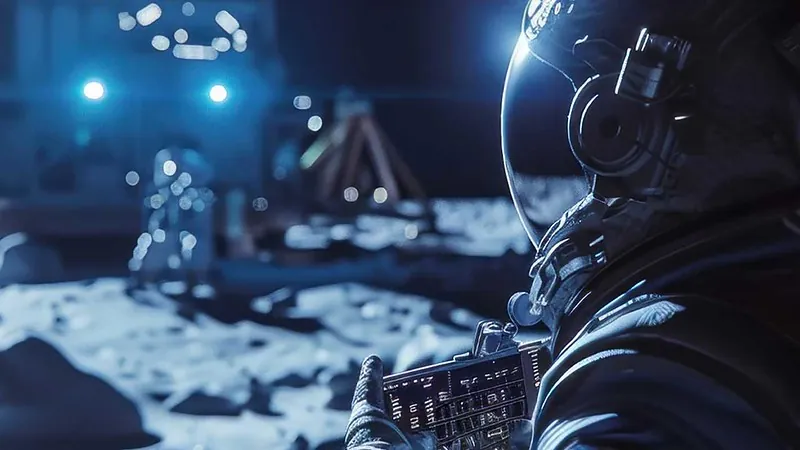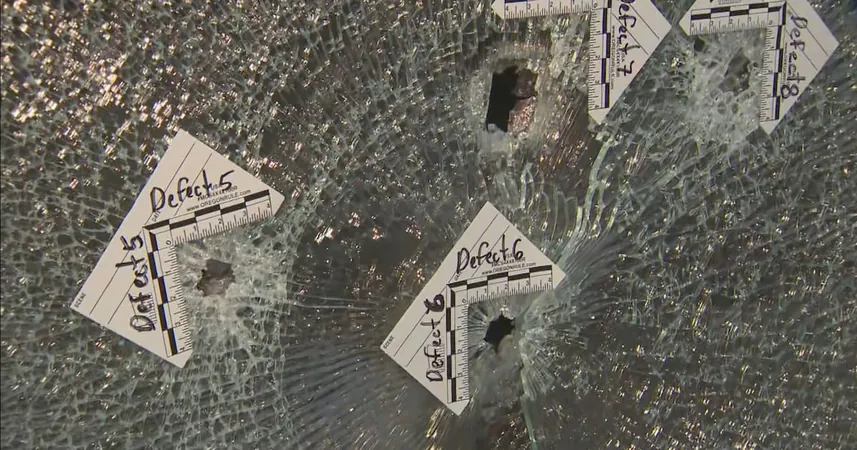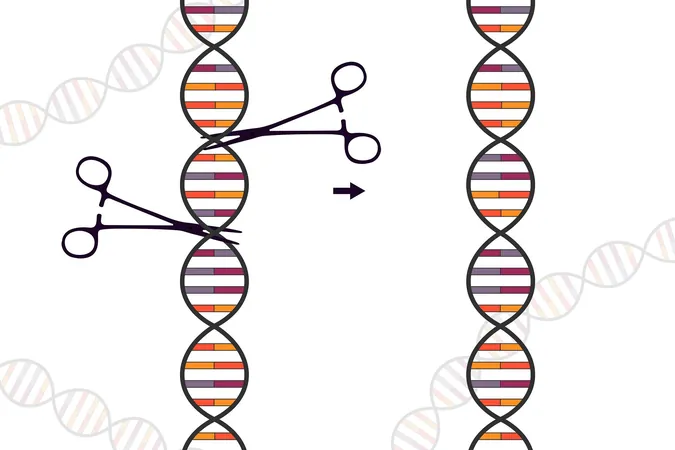
Astronauts Get a Good Night's Sleep with Innovative Wearable Tech in Space
2025-06-05
Author: Jacques
In the quest for optimal performance, even astronauts need their beauty sleep! A groundbreaking technology is set to launch aboard the International Space Station (ISS) with Axiom Mission 4 (Ax-4), aiming to revolutionize how space travelers monitor their rest.
Revolutionizing Sleep Monitoring for Astronauts
This innovative project, backed by the ISS National Laboratory and a collaboration between Booz Allen, Axiom Space, and Oura, will put a state-of-the-art wearable device to the test. The gadget will track crucial biometric metrics such as total sleep duration and heart rate variability—all vital indicators of sleep quality.
Real-Time Insights for Enhanced Performance
Utilizing cutting-edge edge computing, the wearables will process and analyze data in real-time. This means astronauts can receive immediate feedback, empowering them to assess their readiness for critical tasks ahead.
Josh Arceneaux, director of human space flight at Booz Allen, emphasized the impact of this technology: "By providing detailed insights into sleep quality and biometrics, crew members can better understand how their rest affects their fitness and performance on the job the next day."
A Step Towards Autonomous Space Missions
Success with this demonstration could pave the way for astronauts to operate more independently, reducing reliance on ground communication. This capability is crucial for future long-duration missions to destinations like Mars, where communication lags and operational autonomy will be indispensable.
Switching to Cloud-Based Data Analysis
Typically, wearables like the Oura Ring gather data and send it to the company's cloud for analysis. In space, however, data will be processed on-site, allowing for immediate accessibility to crew members through an edge computing device.
Arceneaux further noted, "This demonstration aims to confirm whether we can effectively collect, store, and analyze data locally, enabling astronauts to make informed decisions without ground support. It’s an important stride towards adapting earthbound technology for space exploration."









 Brasil (PT)
Brasil (PT)
 Canada (EN)
Canada (EN)
 Chile (ES)
Chile (ES)
 Česko (CS)
Česko (CS)
 대한민국 (KO)
대한민국 (KO)
 España (ES)
España (ES)
 France (FR)
France (FR)
 Hong Kong (EN)
Hong Kong (EN)
 Italia (IT)
Italia (IT)
 日本 (JA)
日本 (JA)
 Magyarország (HU)
Magyarország (HU)
 Norge (NO)
Norge (NO)
 Polska (PL)
Polska (PL)
 Schweiz (DE)
Schweiz (DE)
 Singapore (EN)
Singapore (EN)
 Sverige (SV)
Sverige (SV)
 Suomi (FI)
Suomi (FI)
 Türkiye (TR)
Türkiye (TR)
 الإمارات العربية المتحدة (AR)
الإمارات العربية المتحدة (AR)